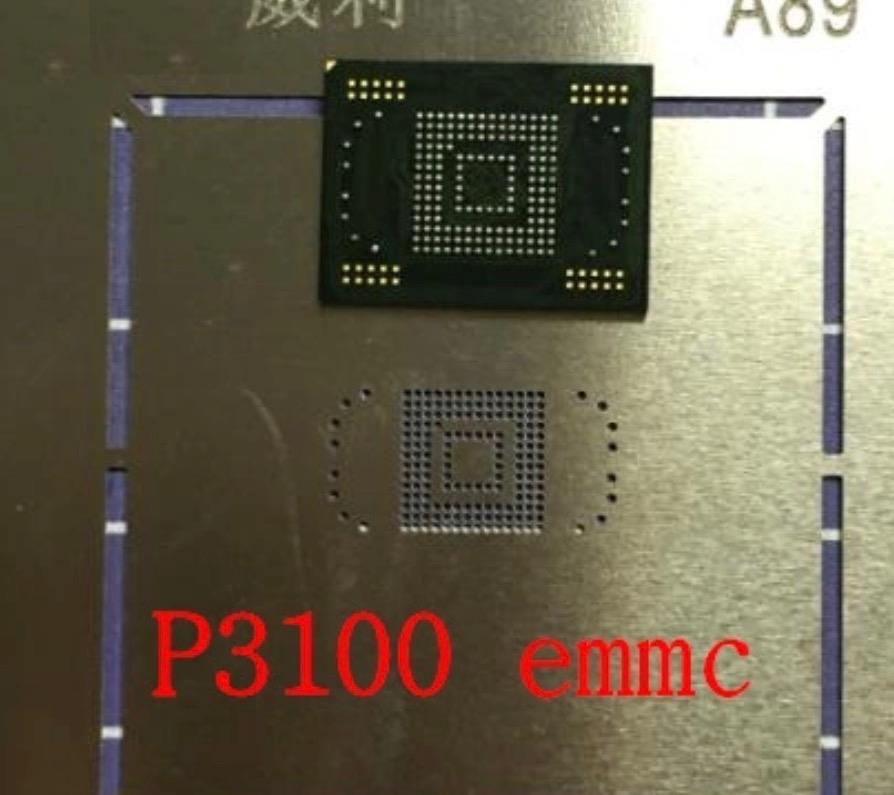Samsung Proshivka Nand
- 19 Comments!

Mirror: Download (Uploading). Easydis base v44 v10.
Since my board is bricked. I inspecting board more for revive it back. Board belongs to UA40D6000. So I identified 2 flash chip at D series HW. One of them is SDIN502-2G Flash which is used in Amazon Kindle.
Samsung Shows Off A Z-SSD: With New Z-NAND by Ian Cutress on March 17. Samsung has snuck up behind everyone with their new Z-SSD product line. Z-NAND is ultimately still baked in as NAND. Jan 22, 2019 - Samsung on Tuesday launched its latest NVMe-based solid state drive. Fifth-generation V-NAND technology with optimized firmware to push.
Trafaret cifr ot 1 do 10 format a4. Comment2, Rockable_building_wordpress_themes_from_scratch_torrent_view, >:-(((, New_dawn_prokhozhdenie_na_telefone,:O, skachat_igru_stalker_ten_chernobylia_avto_zona_cherez_torrent,%-]]], Skachat_driver_updater_s_kliuchom_na_russkom_iazyke, 372, gdz_po_fizike_9_klass_kabardin_uchebnik, cxg, https://storify.com/abprotlete/the-lake-house-par.
This chip used as main program storage, holds /dev/mmcblk0 device. And other one is Samsungs Flash NAND chip, KFG1GN6W2D is used for /dev/stl0 device. This devices 12.th partition (/dev/stl/12) mounted as /mtd_rwarea. I needed to change this chip content. Probbly by (un)soldering.
Decode: It's Samsung OneNAND (KF), Single chip (G), 1Gbit (1G), Technology (N), x16 Organization (6),???Volt (W), 2KB Page architecture (2), Version d? (D) -HIB6 = Package format? (H), Industrial Temp (I), Include Bad Block product line (B), 66Mhz (6) Re-programing this chips will solve the my bricked TV problem. If you have any datasheet belong to those chips. I will be happy. Then our only target is KFG1GN6W2D, since both start.sh and rc.local kept here.
Anyone know how could we handle this chips via JTAG. Also heard that soldering BGA's is a problematic due old solders make noise. After removal chips balls became defected. They needed to be re-balled for re-install. Re-Balling machines are too expensive. But I heard there is another cheap solution for that.
And also since this PCB's are lead-free, unsoldering the chips require more heat. This heat also hazardous to chip. I think I let this soldering job to specialist Before I needed to inspect what I could make via JTAG ports. Nobody wrote: Maybe I'm wrong but I see 6 holes oooooo and next to them other 5 holes ooooo. They look more like I2C EEPROM serial interfaces to me. Both of them. Probably no relation to JTAG and/or OneNAND flash whatsoever.

Picture is a little blurry; can you post pin description in text form? I can't post better pictures, I made them in a hurry and I should open the tv to make new ones. They look like i2c bus to me, they have SDL SCL SDA lines labelled. The jtag picture is also blurry but 'almost readable': Labels should be: PLD_GND PLD_TDO PLD_TCK PLD_TMS PLD_TDI unreadable.
At Flash Memory Summit this week, Samsung is sharing details of their storage technology roadmaps and showing off several prototypes. Last year, Samsung announced their fourth generation of 3D NAND, a 64-layer design. This fourth generation V-NAND is now in mass production and will be rolling out to many product segments over the coming months.
Most products will be using either 256Gb or 512Gb TLC dies. Compared to the 48-layer third generation V-NAND, the 64-layer V-NAND offers the same read performance but approximately 11% higher write performance. Power consumption has been improved more significantly, with the current required for a read operation dropping by 12% and for a program operation the current required has decreased by 25%. Samsung claims their 64-layer V-NAND in a TLC configuration can last for 7,000 to 20,000 program/erase cycles. Samsung has now also announced their fifth-generation V-NAND, which will increase the layer count further to 96 layers with relatively few other changes to the design. The fifth generation will include Samsung's first QLC NAND flash (four bits per cell), with a capacity of 1Tb (128GB) per die. Beyond the fifth generation, Samsung says they may start using techniques like string stacking, putting the peripheral logic under the memory array, or shrinking the horizontal dimensions of their flash.